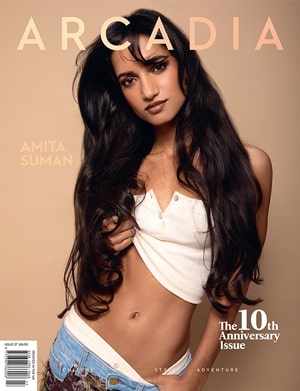Choosing the right fabric for a wedding gown is crucial for achieving the desired aesthetic and comfort on your big day. The type of fabric not only influences the overall look but also determines how comfortable the dress will be to wear. By exploring fabric choices, brides can make a well-informed decision that suits their individual tastes and needs.
Understanding Fabric Types
When considering wedding dresses in Melbourne, understanding fabric types is important. Different types of fabrics have qualities that each bring something unique to the appearance of a dress as a whole entity. Satin is well known for its sleek texture and shiny appearance, which makes it a favourite option for elegant weddings. Chiffon, on the contrary, gives a breezy and light feeling, perfect for outdoor or summer weddings. Lace introduces an aspect of sophistication and delicate details that are ideal for vintage or romantic motifs. Knowing these distinctions can assist in selecting the right choices.
Considering Comfort and Climate
Choosing the right fabric for a wedding dress is crucial for comfort on the big day! Fabrics like satin or velvet can feel too heavy in warmer climates and trap heat uncomfortably; meanwhile, fabrics like chiffon or organza are light and breathable—perfect for warmer weather! Brides should think about the season and location of their wedding to make sure they stay comfortable all day long. Always prioritise comfortable wedding dresses, as offered by Karen Willis Holmes.
Evaluating Durability and Maintenance
When choosing fabric for the dress to maintain its quality, from the ceremony to the reception, it’s important to consider durability. While some materials are visually appealing, they might be fragile and easily damaged. For example, silk is luxurious and needs careful care and attention. On the other hand, synthetic blends are usually more durable and require less maintenance. Assessing the usability of fabrics helps in keeping the dress in top condition throughout the event.
Exploring Fabric Combinations
Mixing various types of materials can elevate the charm of the gown as a whole. Lacing together lace and satin results in an interplay of texture and shine. Integrating overlays of fabric adds fullness without adding substantial weight—an ideal choice for achieving a whimsical and airy appearance. Testing out fabric pairings empowers brides to tailor their gowns to mirror their individual flair and aspirations.
Budget Considerations
The cost factor is significant when choosing fabrics because certain options, like silk, can be pricey. While there are affordable alternatives with similar looks, like polyester blends, which offer a budget-friendly choice without sacrificing style considerations, planning a budget aids in making sensible decisions to avoid unnecessary expenses.
Tailoring and Fit
Choosing the type of fabric can impact how the dress fits and hangs on the body. Rigid fabrics like taffeta give a structured look suited for ball gowns or outfits that need a definite silhouette. On the other hand, softer materials like jersey or charmeuse offer a looser fit for added comfort. Talking to a tailor can offer valuable advice on how various fabrics will affect the fit and flow of the garment.
Environmental Impact
In a world where environmental awareness is paramount, it’s crucial to think about how the fabrics we choose affect the planet. Opting for sustainable materials like bamboo or hemp provides eco-friendly options that lessen our impact on the environment. These fabric choices manage to be both stylish and high quality while being kinder to the earth. For conscious brides, selecting fabrics that reflect their values can bring a sense of fulfilment.
Personal Style and Theme
Choosing the wedding gown involves considering the bride’s individual taste as well as the overall ambience of the wedding celebration itself. Traditional weddings typically pair well with fabrics such as satin or lace, while contemporary or simplistic ceremonies may favour more streamlined materials, like crepe or mikado. By harmonising the fabric selection with the wedding style and atmosphere, brides can ensure that their dress enhances the look and feel of their special day.
Conclusion
Choosing the right fabric for a wedding dress is a decision that impacts both look and comfort. By understanding different fabric types, considering comfort and climate, evaluating durability, exploring combinations, and factoring in budget, brides can make informed choices. Additionally, tailoring, environmental impact, and personal style play significant roles in the selection process. Ultimately, the right fabric enhances the overall wedding experience, ensuring the bride feels both beautiful and comfortable on her special day.







